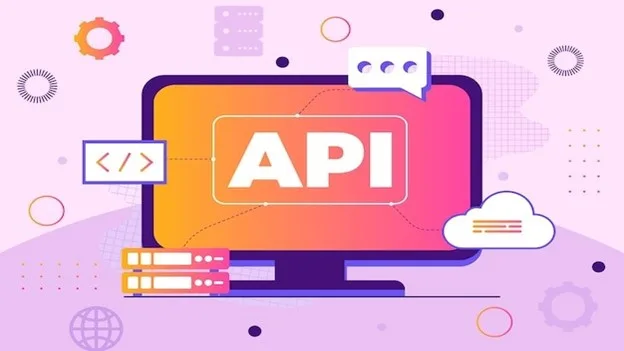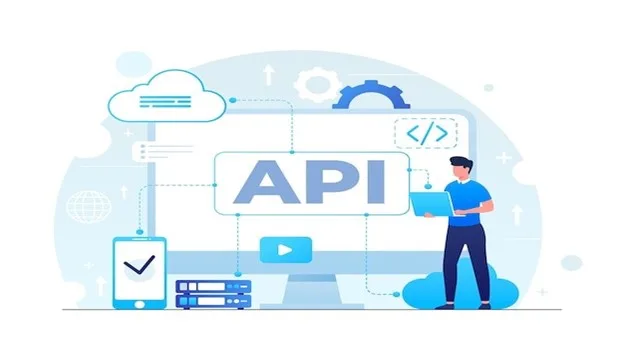Modern software development relies heavily on application programming interfaces (APIs) in today’s linked digital world. Different software programs may connect and communicate with each other with ease, thanks to APIs, which also let them share services, features, and data.
APIs are very important for enabling interoperability and integration across different systems, from social networking platforms to e-commerce websites.
With topics ranging from fundamental ideas to sophisticated tactics, this thorough guide seeks to provide readers with a comprehensive grasp of API connections.
This article will provide you with the skills and understanding required to successfully traverse the world of API integrations.

Understanding APIs
An Application Programming Interface (API) is merely a set of rules, protocols, and tools that permit different software applications to be able to interact with each other. APIs generally define the syntaxes and the data structures or structures that applications can use to submit or retrieve information, assisting in the integrations of different systems.
How do APIs work?
API works by exposing some functions or data of a software application in a standardized way, which mainly occurs over the internet. When an application makes a request to access the services or data of a given application, it sends the request through the API integrations, which in turn processes the request and returns the expected result.
Types of APIs

There are various types of APIs, some of which are listed below.
1. RESTful APIs
The RESTful APIs are an architectural style: REST, which is based on the principles of simplicity, scalability, and statelessness, is their key feature. The RESTful APIs take advantage of standard HTTP methods (e.g., GET, POST, PUT, DELETE) for performing CRUD (Create, Read, Update, Delete) operations on resources, leading to their wide adoption for web-based integration.
2. SOAP APIs
With the Simple Object Access Protocol (SOAP) APIs, enterprise applications use the XML messaging protocol, and security is considered a top priority. SOAP APIs contain a particular data structure and communication protocol, as opposed to RESTful APIs, which makes them heavy in implementation.
3. GraphQL APIs
GraphQL is a query language and runtime designed for API by Facebook that allows developers to query specific data from the server and get a response in the way of one API call and one complete object.
Instead of exposing precise endpoints for particular resources like conventional RESTful APIs do, GraphQL APIs allow clients to query and get the data they need. As such, efficient and flexible data fetching is promoted.
4. API Documentation
API documentation enables a detailed description of how to use an API, which may include its endpoints, parameters, request/response formats, authentication methods, and usage samples for different purposes.
Good documentation is vital to developers if they want to comprehend and use an API properly.
Benefits of API Integrations

Integrating API comes with a lot of benefits, some of which are stated below.
1. Streamlined Data Exchange
API integrations ensure the smooth transfer of data between various systems, which removes the need for manual data entry or file transfers. This makes business processes more efficient and minimizes the potential of mistakes that usually occur during manual data handling.
2. Increased Efficiency
Through the automation of tasks and workflows by means of API integration, in turn, businesses create an opportunity for increased productivity and operational efficiency. The incorporation of a CRM system and an email marketing platform enables sales teams to match customer data while sending targeted campaigns to prospects automatically.
3. Enhanced Flexibility
API integration gives businesses the ability to connect and enhance their current systems without altering their architecture or writing custom code. Thanks to this agility, organizations can respond to developing business needs and ever-changing IT ecosystems in a more dynamic way.
4. Scalability
API integrations become the building blocks of modular and scalable systems that enable organizations to add new features or services without any voids in the current ones. With the need for business operations growing, APIs become a scalable base for additional functionality and accommodating growth.
5. Cost-effectiveness
APIs allow organizations to cut back on development costs and time to introduce new products and features to the market effectively by integrating with third-party services or platforms.
Developers will not waste their time building an entire functionality from the beginning; instead, they can connect with other services and quickly deliver valuable features to their users.
Everyday Use Cases for API Integrations

Social Media Integration
Most companies utilize APIs supplied by social media networks to achieve social adaptability in their built apps. This includes sharing content, user authentication, and retrieval of data for analysis.
Payment Gateway Integration
E-commerce sites incorporate payment gateway API solutions to safely conduct online transactions, oversee payment methods, and handle returns or disputes.
The Ultimate Guide to API Integrations
Today’s digital world requires developers and organizations to learn API connections.
Securing efficient data transmission, scalability, and security requires an understanding of API nuances, utilizing their advantages for improved processes, and putting best practices into effect.
Holding onto competitiveness will require adopting cutting-edge tactics like serverless architectures and AI-driven integration as technology advances.
Organizations may use the potential of API connections to propel innovation, improve consumer experiences, and open up new avenues in a world that is becoming more linked by studying case studies and forecasting emerging trends.

Jessi is the creative mind behind The Coffee Mom, a popular blog that combines parenting advice, travel tips, and a love for all things Disney. As a trusted Disney influencer and passionate storyteller, Jessi’s authentic insights and relatable content resonate with readers worldwide.
